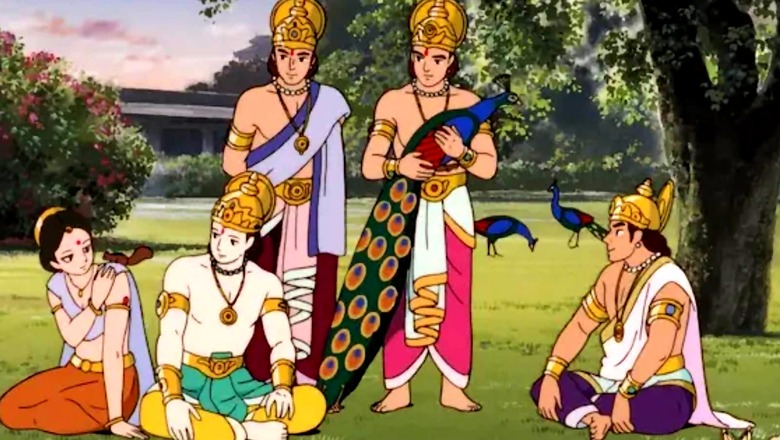
views
Prime Minister Narendra Modi’s recent visit to Japan saw him meeting with important business leaders, personalities, amid fulfilling other international commitments. But in his latest Mann ki Baat, Modi shared a deeper, interesting connect related to his visit – the 1993 animated film ‘Ramayana The Legend of Prince Ram’.
The 1993 anime film, based on the Hindu epic Ramayana, was co-produced by Japan and India and produced and directed by Yugo Sako at the time. It captured imaginations with its true to the tale adaptation and svelte, godly depictions of the Hindu deities. But how does this relate to Modi’s Japan visit?
In his 89th ‘Mann ki Baat’, PM Modi recalled his meeting with Atsushi Matsuo and Kenji Yoshi, both of whom are associated with the Tem Production Company in Japan. “This company is related to Japanese animated film on Ramayana, which was released in 1993. This project was associated with a very famous film director of Japan, Yugo Sako Ji. About 40 years ago, in 1983, he came to know about Ramayana for the first time,” Modi said.
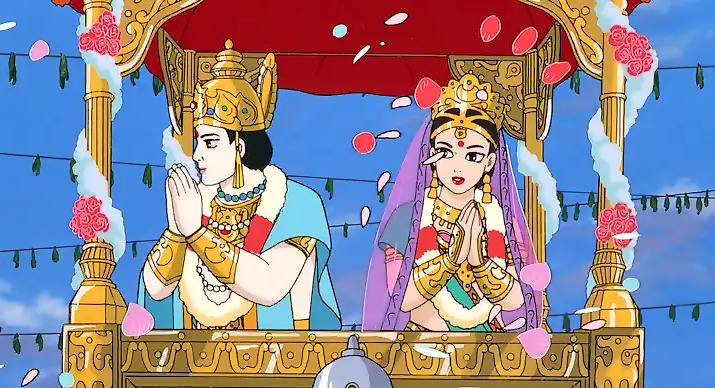
And this interesting detail was accompanied by a better news: The film is now being re-mastered in 4k resolution after 30 years. “This project is likely to be completed soon,” Modi said.
The film that recognised the broader moral conceptualisations of the Hindu tale Ramayana, while adapting it in animation, will soon grace the eyes of a new generation. News18 takes a deeper look into how the movie came about:
It Began With a Newfound Interest of a Japanese Director
Japanese producer and director Yugo Sako came to know about the Hindu legend Ramayana forty years ago, in 1983.
“Ramayana touched his heart, then he started doing in-depth research on it. Not only this, he read 10 versions of Ramayana in Japanese language. He did not stop here. He wanted to put it on animation also. Indian animators also helped him a lot. They guided him about the Indian customs and traditions depicted in the film,” said PM Modi.
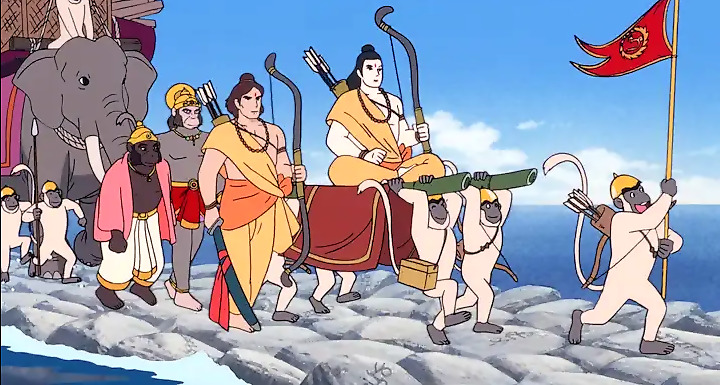
He initially came to India to film “The Ramayan Relics,” a documentary about an archaeological dig near Ayodhya, according to a report by Beliefnet. He was enthralled by the tale of Prince Ram’s victory against the forces of evil, and as his research into the epic progressed, he realised it was much more than a myth: it included an entire philosophy of life and had historical implications.
He studied ten distinct versions of Valmiki’s Ramayana, all in Japanese, after reading it in Japanese. Despite his background as a documentary director, he believed that only an animated format could truly depict the majesty and grandeur of the Ramayana. “Because Ram is God, I felt it was best to depict him in animation, rather than by an actor,” he was quoted as saying in the report.
Sako then spent months researching the narrative and checking out clothes and architectural aspects, meeting with academics, archaeologists, and historians. He wanted to be extra careful as a foreigner to keep loyal to the epic.
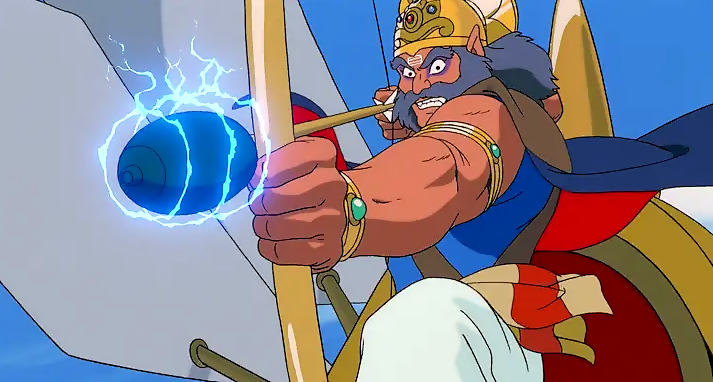
“Indian animators also helped him a lot. They guided him about the Indian customs and traditions depicted in the film. He was told, how dhoti, saree is worn, how they comb their hair. How children respect each other in the family, what is the tradition of blessings. getting up early and greeting and seeking blessings of elders in the family,” Modi said in his Mann ki Baat.
According to the report, the key art of the film was designed in collaboration with Ram Mohan, a prominent animator in India. Sako began production on the main animation in Japan in 1990, employing around 450 artists. Krishna Shah, a veteran of the Hollywood industry, joined the project in 1993, after it had been in the works for several years.
The Ramayana and “Star Wars,” both morally based stories, have some interesting parallels, according to Shah. He claimed that if Luke Skywalker is influenced by Rama, Darth Vader is influenced by Ravana, and Chewbacca is a dead ringer for Hanuman.
Sako’s Own Life Made Him Sensitive to the Epic
Director Sako has been influenced by religion and spirituality since he was a child, according to reports. He was orphaned at the age of three when he was born in 1928 in central Japan. He was raised by monks in a Zen Buddhist temple to become a future priest.
He has recalled attenting religion lessons for local youngsters, and he was particularly fond of collecting cards depicting Buddha’s biography that were used in the classes. “This was my first introduction to Buddha and India.” He majored in Buddhist Studies in college. He then went to the Heirinji Zen Temple to practise asceticism, but recognised that the priesthood was not for him. He returned to a normal life and finally founded Tokyo Cine Vision Ltd, which produced music albums and television documentaries.
What was the Animation Style of the Epic?
According to reviews, it combines the techniques of Manga, the Japanese school of animation, with Indian classical painting as represented by Ram Mohan.
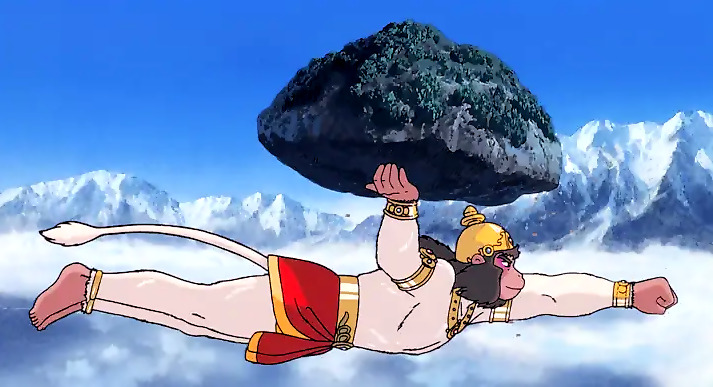
It has also been compared to the style of famous animators Hayao Miyazaki (associated to Studio Ghibli), Katsuhiro Otomo (Akira), or Isao Takahata (Grave of the Fireflies).
The TEM Connect
During his recent Japan visit, PM Modi met with leaders associated with TEM, which financed the production of the 1993 film, along with a production studio called Nippon Ramayana Film Co., Ltd.
Read all the Latest Explainers here














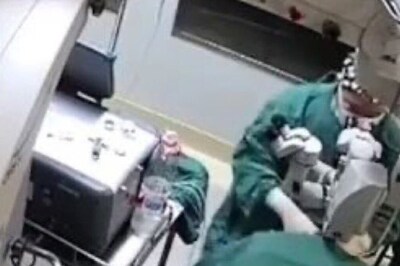


Comments
0 comment